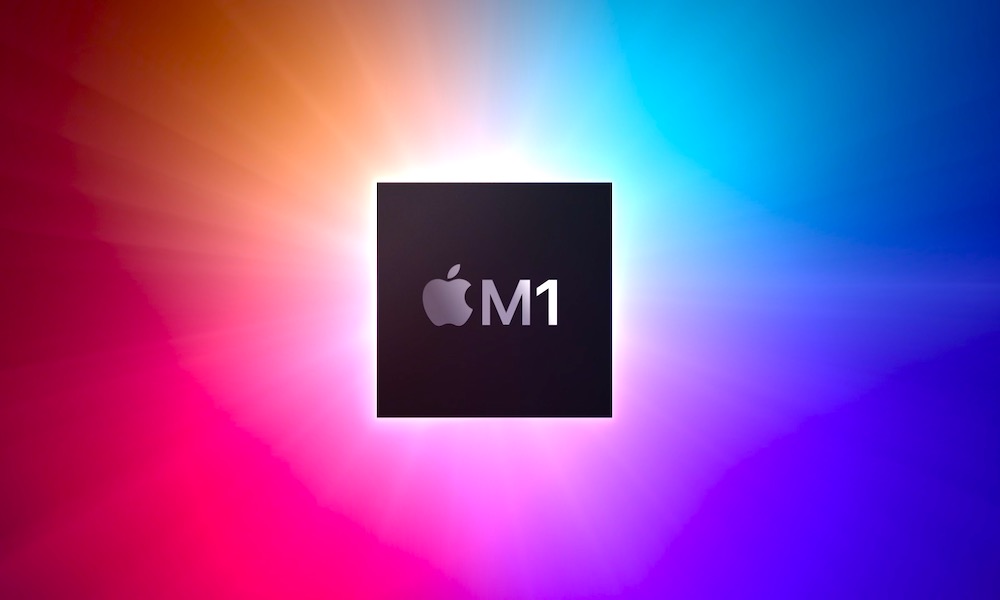
What does the Apple M1 Max tell us about a potential M1 “Ultra”
The new M1 Pro launch of Apple and Max M1 hardware has been filled with many “ohhhhs” and “ahhh” when Apple continues to issue numbers and specifications to analyst troops, journalists, and fans around the world.
But everything is fulfilled for a cellular professional audience directed at embracing something from the MacBook Pro line. What about Mac Pro and iMac Pro? Of course they will not be left alone with an Intel X86 architecture.
The possibility is that there will be a larger version and faster than the M1 Pro / Max which is intended specifically at this workstation, which we will call Ultra M1.
Why is M1 Ultra?
The original M1 is innovative but suffers from a number of restrictions. It was quickly plus the performance of the GPU which was amazing but did not support a lot of system memory. That, basically, closer to the cellular-on-chip system thanks to the use of LPDDR5 and integrated memory.
Being a first generation product helps explain why Apple slowed it, starting with the simplest processor settings and building it for the past 11 months. M1 Max and M1 Pro include logical increase: Move to DDR5 memory, more memory controllers, more (performance) core, more Core GPUs and will benefit from any marginal repair in terms of pressing bugs (for example m1racle) or finieting from TSMC 5nm manufacturing process.
M1 Ultra will move in the same direction, increase complexity but also everything except computing performance.
What is really needed by Ultra to include?
There are several things that are missing potential transitions from MacBook Pro to Mac Pro: Support for external graphics cards, RAM ECC and Memory, many. The current Mac Pro can be configured with a system of up to 1.5TB, which is more 24x memory rather than MacBook Pro can offer and it does not include 128GB GDDR6 which can be carried by two Radeon Pro W6800x Duo.
Doubling on M1 Pro will only bring the amount of maximum RAM to 128GB, with a part of it shared with the GPU, owned by an integrated memory paradigm. The 20-core CPU with the 64-core GPU and 800Gbps memory bandwidth will be a tempting prospect for creative professionals throughout the world.
